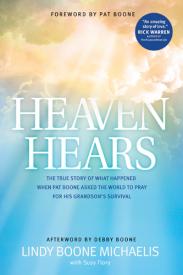David Hubbard
Showing the single result
-
Old Testament Survey Second Edition
$71.99This standard textbook on the background, content, and message of the Old Testament is now thoroughly revised and updated and takes full account of new research in the field of Old Testament studies. This second edition features a new chapter on archaeology and the Old Testament by Robert E. Cooley, and other key chapters have been updated and expanded by leading scholars in the field of biblical studies–Leslie C. Allen, John E. Hartley, Robert L. Hubbard Jr., William B. Nelson Jr., Nancy Heidebrecht, and John E. McKenna.
Add to cartin stock within 3-5 days of online purchase











